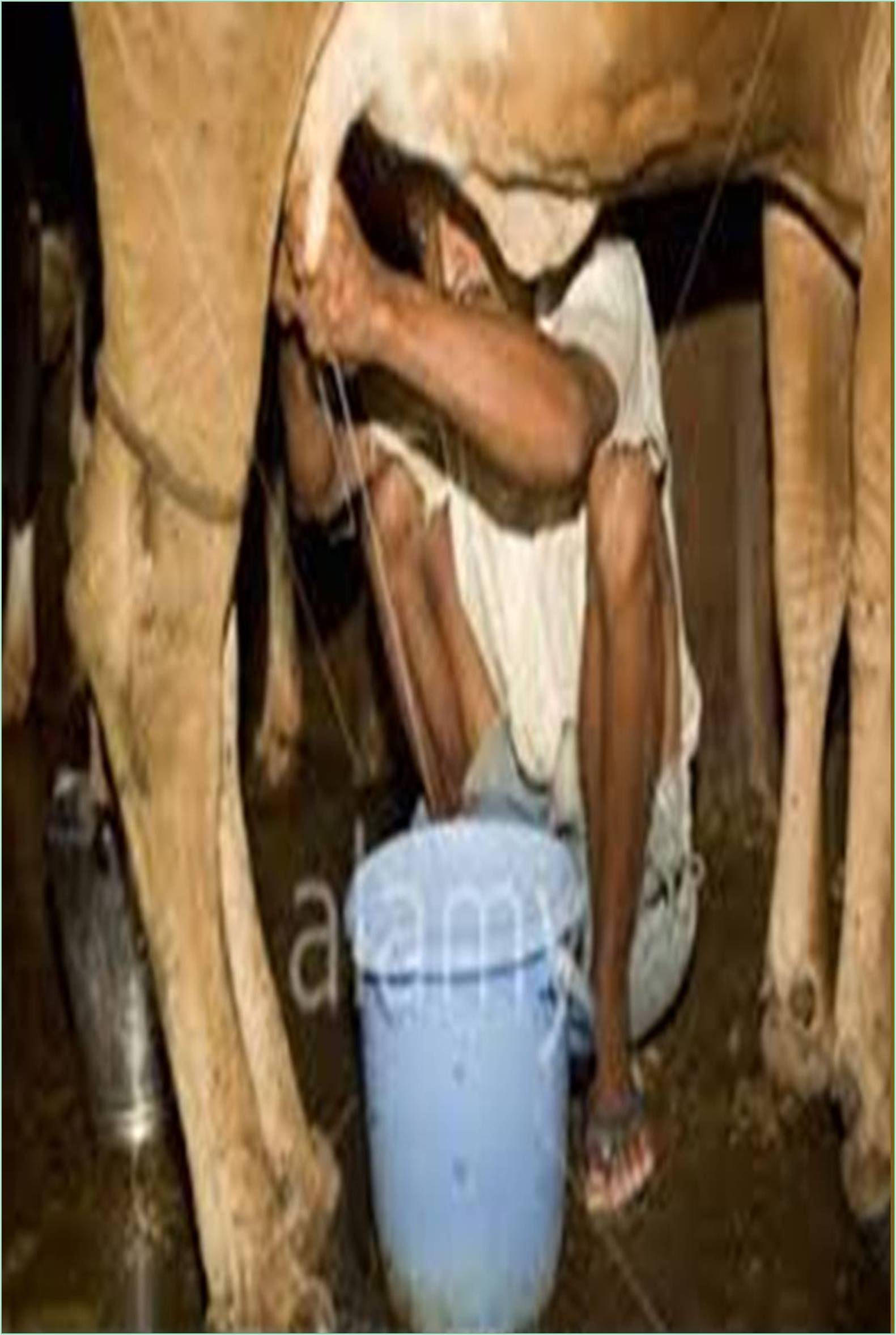



Received: 01-Nov-2022, Manuscript No. GJDFM-22-82687; Editor assigned: 03-Nov-2022, Pre QC No. GJDFM-22-82687 (PQ); Reviewed: 21-Nov-2022, QC No. GJDFM-22-82687; Revised: 21-Nov-2022, Manuscript No. GJDFM-22-82687 (R); Published: 07-Dec-2022, DOI: 10.15651/2449-1861.22.07.082
All of the components of plant and animal matter, with the exception of water, are included in the dry matter. 90% of a diet's dry weight is made up of the food's dry ingredients, which comprise carbs, lipids, proteins, vitamins, minerals, and antioxidants.
The composition of water
Water makes up 70 to 95% of fruits and vegetables. While Some foods, including chocolate cake, peanut butter, and crackers, have less than 5% water content. Water content varies widely in dairy products. Butter contains 20% water. Between 88 and 86% of cow's milk is made up of water. Swiss cheese contains 37% water by volume. The amount of water in milk and dairy products varies depending on the amount of butterfat present, with whole milk having the lowest water content and skimmed milk having the greatest. (Brown et al., 1922).
Dried-up matter basis
On a dry matter basis, or as a percentage of the total dry matter in the substance, the nutritional or mineral content of meals, animal feeds, or plant tissues is frequently expressed. Consider the 84% water content of a 138- gram apple. According to dry matter, potassium makes up 0.72% of the total amount of dry matter. There are 158 mg of potassium in the apple as a result. The same amount of potassium is present in dried apple, which is only 32% water by dry matter. A dried apple weighing 138 grams has 93.8 grams of dry matter and 675 milligrams of potassium (Cozzolino et al., 2002).
Nutrient or mineral concentrations are typically provided on a dry matter basis when constructing a diet or mixed animal feed; it is crucial to take this into account when determining the total amounts of the various nutrients offered (Oetzel et al., 1993).
Although only a little amount of lactose survives fermentation during the cheese-making process, cheese's dry matter contains proteins, butterfat, minerals, and lactose. The percentage of fat in a cheese's dry matter, which does not include the cheese's water content, is used to determine the cheese's fat content. For instance, if a cheese contains 25% fat and 50% water, its dry matter fat content would be 50% (Sinnaeve et al., 2007).
Techniques
Dry matter content, a crucial metric to control the crystallization process in the sugar industry, is frequently checked online using microwave density meters.
Animal feed
The dry component of animal feed might be referred to as "dry matter." To indicate the amount of a material in feed, such as a nutrient, the term "Dry Matter Basis" (DMB) might be used. Because different feeds include different amounts of water, it is simpler to compare the nutritional levels in them on a dry matter basis (as opposed to an asis basis). This makes it possible to compare the amount of a particular nutrient present in dry matter to the amount required in an animal's diet (Welle et al., 2003).
When a feed is consumed, its water content is not included (Dry Matter Intake, or DMI). The Koster Tester or heating the feed on a paper plate in the microwave is widely used to determine the feed's water content. In order to ensure proper energy intake, determining DMI can be helpful for low-energy diets with a high percentage of water. These types of diets have been demonstrated to reduce the amount of dry matter and food energy consumed by animals.
Heat production brought on by microbial respiration might lead to an issue known as dry matter loss. It reduces the amount of protein, nonstructural carbohydrates, and food energy.
Brown S, Nordlund WJ (1922). Determination of dry matter and crude protein contents of undried forages by near-infrared reflectance spectroscopy. J. Sci. Food Agric. 2: 123–124. [Crossref] [Google Scholar]
Cozzolino D, Labandera M (2002). Determination of dry matter and crude protein contents of undried forages by near-infrared reflectance spectroscopy. J. Sci. Food Agric. 82:380-384. [Crossref] [Google Scholar]
Oetzel GR, Villalba FP, Goodger WJ (1993). A comparison of on-farm methods for estimating the dry matter content of feed ingredients. J. Dairy Sci. 76:293-299. [Crossref] [Google Scholar]
Sinnaeve G, Amy C (2007). Understanding Food: Principles and Preparation. Cengage Learning. 30: 25. [Crossref] [Google Scholar]
Welle R, Greten W, Rietmann B (2003). Near-infrared spectroscopy on chopper to measure maize forage quality parameters online. Crop Sci. 43:1407-1413. [Crossref] [Google Scholar]